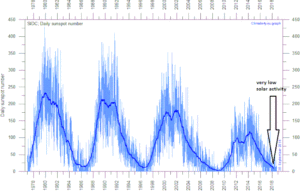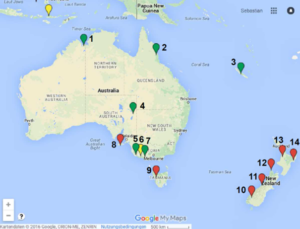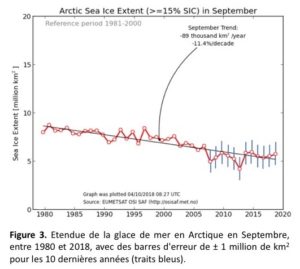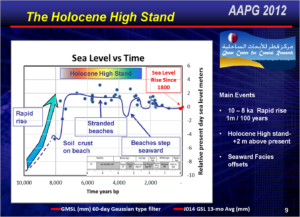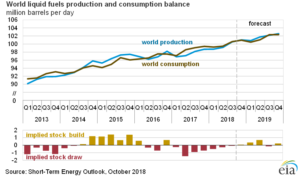by Richard Lindzen, 21 octobre 2018, Conférence GWPF, in Skyfall
Traduction par Volauvent.
Il y a plus d’un demi-siècle, C.P. Snow (romancier et physicien anglais qui a également occupé plusieurs postes importants dans la fonction publique britannique et brièvement au sein du gouvernement britannique) a examiné de manière célèbre les implications de « deux cultures » :
Bien des fois, j’ai assisté à des rassemblements de personnes qui, selon les normes de la culture traditionnelle, sont considérées comme très éduquées et qui ont exprimé leur incrédulité face à l’analphabétisme des scientifiques. Une ou deux fois, j’ai été provoqué et j’ai demandé à la compagnie combien d’entre eux pourraient décrire la deuxième loi de la thermodynamique. Ils répondaient froidement : c’était aussi toujours négatif. Pourtant, je demandais quelque chose qui était l’équivalent scientifique de : avez-vous lu un ouvrage de Shakespeare ?
Je crois maintenant que si j’avais posé une question encore plus simple – telle que : que voulez-vous dire par masse ou accélération, qui est l’équivalent scientifique de : pouvez-vous lire ? – pas plus d’un diplômé sur dix aurait eu l’impression que je parlais la même langue que lui. Ainsi, le grand édifice de la physique moderne se construit, et la majorité des personnes les plus intelligentes du monde occidental en ont à peu près le même aperçu que leurs ancêtres néolithiques en auraient eu.
Je crains que peu de choses n’aient changé depuis l’évaluation de Snow, il y a 60 ans. Certains pourraient soutenir que l’ignorance de la physique n’a pas d’incidence sur la capacité politique, mais elle a très certainement une incidence sur la capacité des politiciens non scientifiques à traiter des problèmes théoriquement fondés sur la science. Le manque de compréhension est également une invitation à l’exploitation malveillante. Compte tenu de la nécessité démocratique pour les non-scientifiques de prendre position sur des problèmes scientifiques, la croyance et la foi remplacent inévitablement la compréhension, même si des récits simplifiés à outrance de façon triviale rassurent les non-scientifiques sur le fait qu’ils ne sont pas totalement dénués de « compréhension scientifique ». Le sujet du « réchauffement global » offre de nombreux exemples de tout cela.
Je voudrais commencer cette conférence par une tentative visant à forcer les scientifiques du public à se familiariser avec la nature réelle du système climatique et à aider les non-scientifiques motivés de ce public susceptibles de faire partie du groupe « Un sur dix » de Snow à aller au-delà des simplifications excessivement triviales.
…


